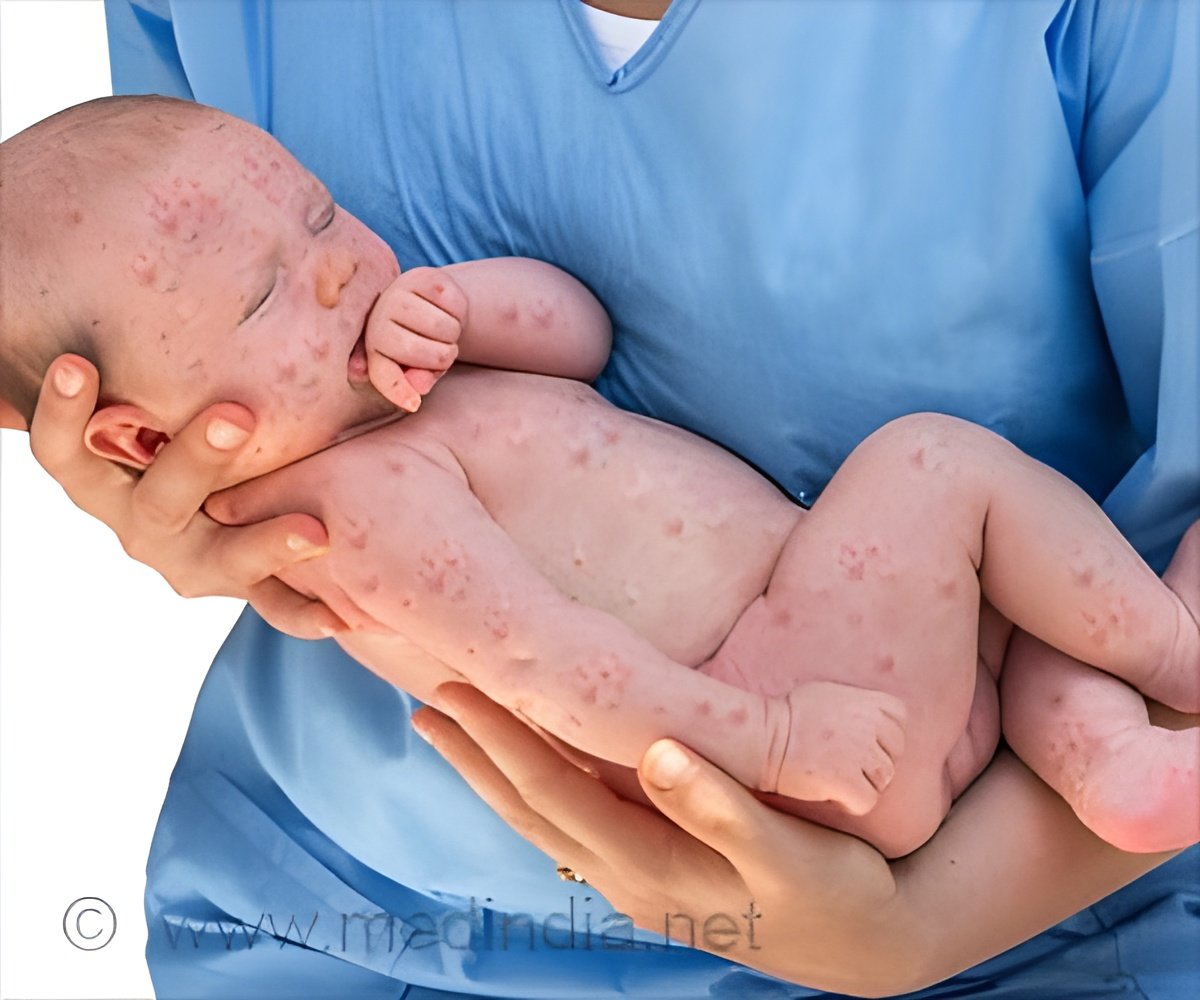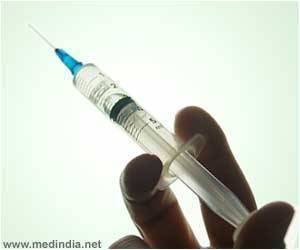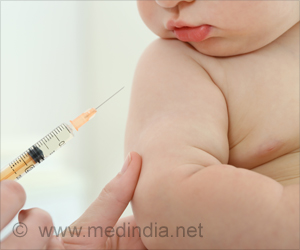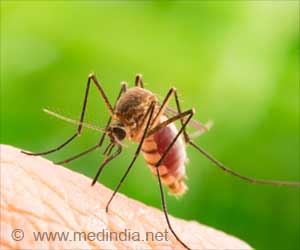Failure to vaccinate for measles may be the main driver of disease transmission accounting for the relative increase in measles rate in the United States.

TOP INSIGHT
Failure to vaccinate against measles has resulted in relative increase in incidences of the disease, which was previously eliminated from the United States in the year 2000.
From 2001 through 2015, 1,789 measles cases were reported among U.S. residents (median age, 15 years; female, 47 percent). Most were unvaccinated (69.5 percent) or had unknown vaccination status (17.7 percent); in those 30 years or older, 48.1 percent had unknown vaccination status. Measles incidence was 0.39 per million population.
Incidence per million population was highest in infants ages 6 to 11 months and toddlers ages 12 to 15 months. Measles rates declined with age beginning at 16 months. The annual number of measles cases varied between 24 and 658, and incidence per million population varied between 0.08 and 2.06. Higher incidence per million population was noted over time, from 0.28 in 2001 to 0.56 in 2015. The proportion of cases that were imported and vaccinated also varied by year but decreasing trends were observed. Vaccinated patients ranged between 5.5 percent and 29.6 percent of U.S. cases and decreased from 29.6 percent in 2001 to 20.2 percent in 2015.
Limitations of the study include lack of verifiable immunization on 48 percent of adults and the possibility of reporting changes, although sustained surveillance adequacy has been documented.
"The declining incidence with age, the high proportion of unvaccinated cases, and the decline in the proportion of vaccinated cases despite rate increases suggest that failure to vaccinate, rather than failure of vaccine performance, may be the main driver of measles transmission, emphasizing the importance of maintaining high vaccine coverage," the authors write.
Source-Eurekalert
 MEDINDIA
MEDINDIA



 Email
Email





